Magento has a lot to offer - there are numerous features that guarantee that you can customize your shop in exactly that way that you need to. This also means that Magento can be overwhelming at first. This guide gives you - as a merchant - a few hints to pay attention to, when diving into Magento.
Read the documentation
First of all: Because Magento is overwhelming, it takes time to get used to. Do not expect to learn Magento in a day or so. You'll need more time. Because there is so much to learn, it also pays off to learn the basics properly first. There's a good Magento Community Edition User Guide, written specifically for merchants:
http://merch.docs.magento.com/ce/user_guide/Magento_Community_Edition_User_Guide.html
Make sure you completely know the difference between the various product types (Simple, Bundle, Configurable, etcetera). Make sure to browse through the System Configuration a bit. Make sure to check out the strategies for scopes (Global, Website, Store, Store View).
Write it down first
When you are setting up your Magento shop, you might be tempted to start filling out products right away. However, you should start with defining attributes and attribute sets. If you want to modify the attribute set of a product, when the entire shop is already setup, you are too late. Because of this, we personally believe it is best to start of with writing things down on paper: How products do you have? How can you group them together - by type, specification, category? If you have created a huge collection of categories on paper, it will be a lot of work - you can definitely expect your users to have trouble browsing your site as well. Keep it simple, keep it easy to understand.
The same that counts for the Magento catalog, also counts for the theme. Of course, you can start with modifying an existing Magento theme from the start. But if you are focussing on selling products, do you really need a lot of fancy widgets and sliders? Or do your customers require a solid content strategy instead?
What is your business plan?
If you don't have a business and marketing plan yet, you are missing out.
Always have a backup available
Always create a backup of both your files and your database, before making a change to Magento. If you want to install an extension and this fails, you can simply restore from the backup, instead of trying to deinstall the extension manually. This way, you can always go back to the previous situation, instead of going forward to new situations that get more complex every time.
Make sure that - if you have a backup available - you also know how to restore from that backup. Test this restore at least once. When the shit hits the fan and you are in trouble, you don't want to have additional stress, because you have some kind of backup but you don't know what to do with it.
Do not randomly add extensions
There are numerous Magento extensions on the web. Most of them are listed on MagentoConnect, some are listed on GitHub. We recommend you choose extensions only when they are listed on either MagentoConnect or GitHub. However, this does not mean that any extension that is offered on either MagentoConnect or GitHub, is actually of good quality. They might be crap. Or they might be not fitting your needs.
Do not randomly add extensions. If you don't need a specific extension, don't install it. If you have tried a specific extension, and don't need it anymore, deinstall it. Keep the number of extensions to a minimum. Understand what every extension is doing.
Create a testing environment
If you have a production site (so a live webshop), make sure to have a testing environment. This allows you to try out new extensions, test if they work for you, without endangering your income. Or even better, have a playground environment available as well. The testing environment should be a copy of your production environment. The playground environment can be messed up.
Trace back your steps
Whatever change you make, make sure you can undo it. In the previous sections, we mentioned that you should always have a backup available. For the Magento database, this means that you should have a database dump available. For the Magento files, you could create a file backup. Or instead of having a file backup, you could use a version control system like git or subversion as well. A system like git allows you to keep track of all changes to files, with the ability to trace down how changed what where at what time.
Additionally, create some kind of system documentation. Document why certain changes were made for what reason. This should also include a list of the extensions being used. Use a wiki or an online document (like Google Docs) to easily share this information with other people.
Hire a good developer
If you are non-technical yourself, realize that most Magento webshops are built with at least one technical person involved. If you are not that person, you will need to hire that person. Depending on the level of customization, this can be cheap or expensive. But to keep the costs as low as possible, familiarize yourself with some of the technical parts of Magento. Checkout our Can you help us find a good Magento developer guide as well.
Want to know more?
Yireo focuses on education. We love to help you further along the way. And we do so by providing you with tutorials, screencasts and trainings. Check out our Education section on how Yireo is able to guide you through the Magento world.
About the author

Jisse Reitsma is the founder of Yireo, extension developer, developer trainer and 3x Magento Master. His passion is for technology and open source. And he loves talking as well.

